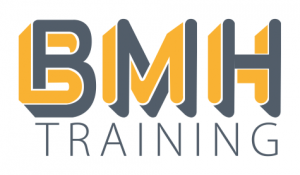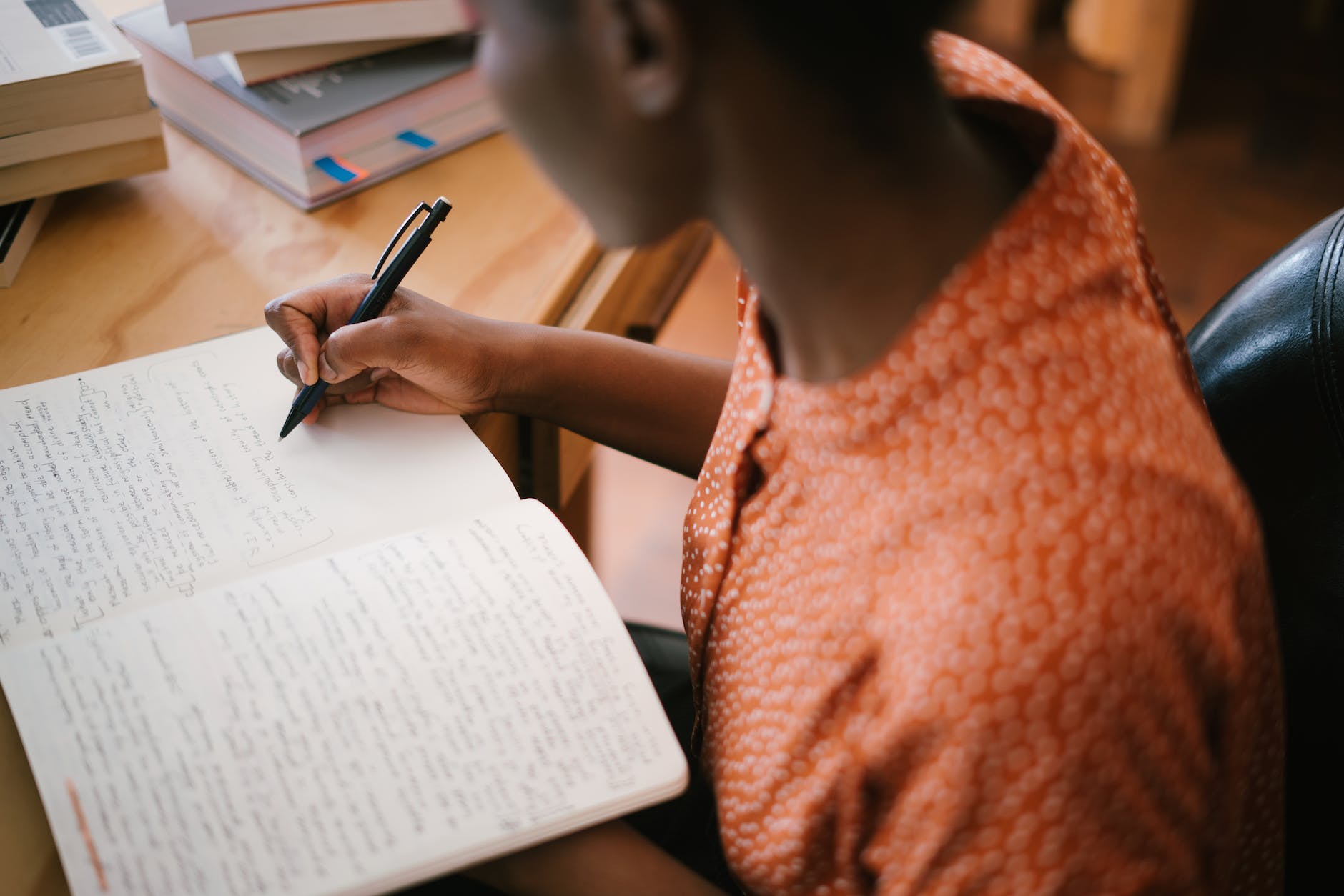Beyond One Size Fits All: Embracing Your Unique Learning Style
We’ve all been there, sat in a classroom and the teacher is at the front telling but not showing us how to do something. For some of us, this is the worst way to learn but for others, all they need is to hear how to do something and then they can do it. This is because we all learn differently and we can look at how we best learn by looking at learning styles.
What are Learning Styles?
Learning styles refer to the different ways individuals prefer to process and retain information. People have unique learning styles that suit their cognitive preferences, strengths, and personalities.
By identifying your learning style, you can tailor your learning experiences to optimize your understanding and retention of new information. Let’s take a look at some of the most common learning styles and the best ways each style can learn.
Visual Learners
Visual learners prefer to learn through visual cues such as images, diagrams, charts, and videos. They have a strong ability to visualize and create mental images to understand information better. Here are some effective learning strategies for visual learners:
- Use visual aids: utilize visual aids such as diagrams, charts, graphs, and infographics to represent information.
- Watch videos: visual learners can benefit from watching videos and tutorials to grasp concepts.
- Create mind maps: create visual representations, such as mind maps, to organize and connect ideas.
- Use colour coding: colour code notes and information to make them more visually appealing and memorable.

Auditory Learners
Auditory learners prefer to learn through listening and verbal communication. They excel in processing information through sound and are sensitive to tone, pitch, and rhythm. Here are some effective learning strategies for auditory learners:
- Listen to lectures and podcasts: focus on listening to lectures, podcasts, and audiobooks to absorb information.
- Discuss and debate: engage in group discussions, debates, and conversations to reinforce learning.
- Record and listen: record lectures or notes and listen to them repeatedly for better retention.
- Use mnemonic devices: create rhymes, acronyms, or songs to remember important information.

Kinesthetic Learners
Kinesthetic learners prefer to learn through physical movement, touch, and hands-on experiences. They learn best when they are physically engaged and can manipulate objects. Here are some effective learning strategies for kinesthetic learners:
- Hands-on activities: engage in hands-on activities such as experiments, simulations, and role-plays.
- Take breaks: take short breaks during study sessions to incorporate physical movement and avoid restlessness.
- Use props and manipulatives: utilize props, models, and manipulatives to physically interact with information.
- Practice real-world applications: apply learned concepts in real-world scenarios to reinforce understanding.
So which one am I?
It’s important to note that most individuals have a combination of learning styles, and it’s essential to understand and adapt to your unique preferences. Experiment with different learning strategies and techniques to determine what works best for you. By leveraging your preferred learning style, you can enhance your learning experiences and improve your retention of new information.

